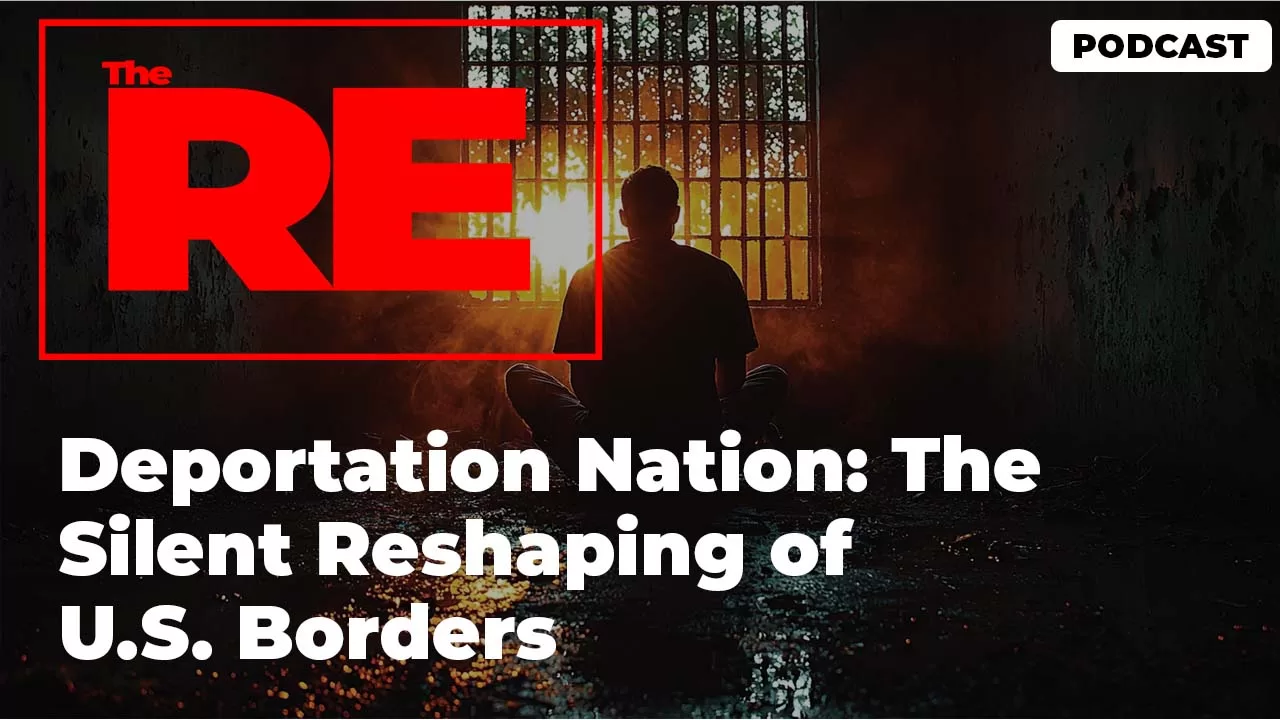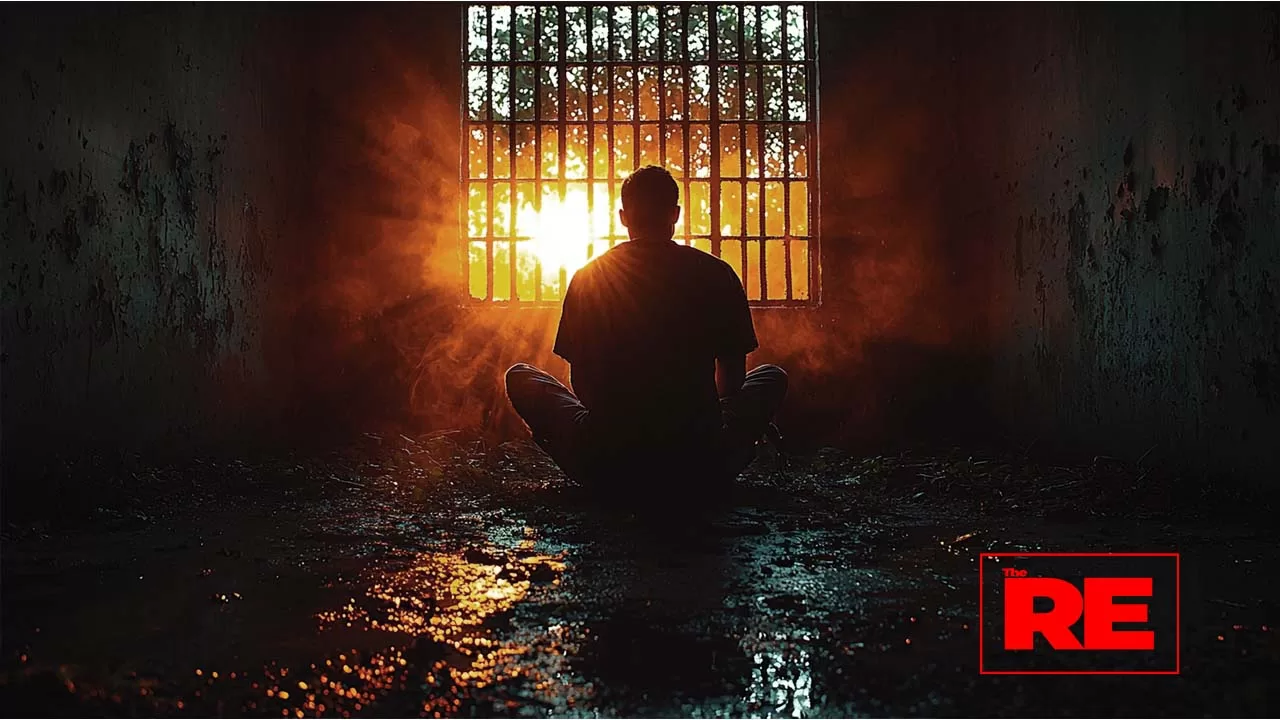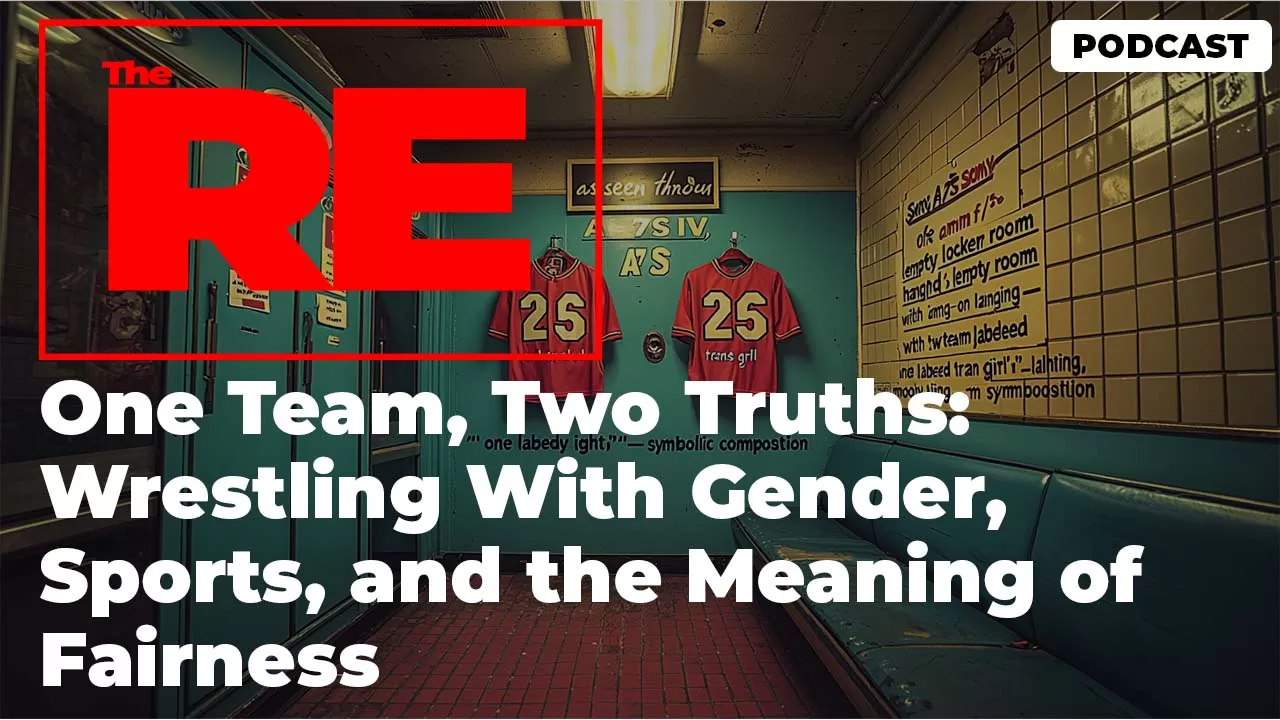The Ripple Effect
-News and Commentary-
Deportation Nation: The Silent Reshaping of U.S. Borders
- Home
- News and Commentary
- Deportation Nation: The Silent Reshaping of U.S. Borders
Share On Social

Today in The Ripple Effect, we are discussing how U.S. immigration policy is being rewritten—not through bold announcements or sweeping reform, but through silence, shadow moves, and quiet expulsions.
Across the country, deportations are still happening. But they don’t look the way they used to. There are fewer images of large raids. Less media coverage of packed detention centers. The public conversation has faded. But behind that silence, a new system is tightening. It’s quieter. More technical. More digital. And arguably, more dangerous because fewer people are paying attention.
What’s unfolding now is less about building walls and more about building systems:
Digital tracking. Quiet rule changes. Expanded expedited removal.
A legal maze that’s nearly impossible to navigate unless you already have privilege.
And for those without it?
You may never even see a courtroom before being removed from the country you call home.
This isn’t just about immigration anymore. This is about power, access, and control wrapped in the language of national security.
So how did we get here?
And why are so few people talking about what this system has become?
Let’s begin with who’s directly impacted. It’s not just undocumented migrants crossing the border, it’s visa overstayers, refugees in legal limbo, longtime residents with green cards, and even U.S. citizens with immigrant relatives caught in bureaucratic webs. And it’s not just adults. Children, some born here, some not, are being swept up in policies they don’t understand. For many families, one traffic stop or address update can set off a chain reaction leading to detention or removal.
So what exactly is happening?
The American deportation machine hasn’t slowed, it’s evolved. The old image of ICE agents breaking down doors is still real, but it’s no longer the frontline. Now, enforcement starts with algorithms. Tech companies feed data into ICE databases. Government contractors design predictive tools to flag “high-risk” individuals based on criminal records, court dates, and even social media activity.
Surveillance isn’t just happening at the border—it’s everywhere.
License plate readers track vehicle movement.
Cell phone metadata is used to predict “migrant caravans.”
Facial recognition scans are quietly implemented in DMVs and airports.
This new era of immigration control blends technology, secrecy, and plausible deniability. The Department of Homeland Security can now deport someone using data collected by third-party brokers, without ever having to show probable cause in court.
And the rules for who qualifies as deportable? They’re changing too.
Under Title 8, many immigrants can be removed through expedited removal, a process where they are denied a court hearing, legal counsel, or the chance to build an asylum case. This tool, once reserved for border zones, is now being used in cities across the country. One wrong ZIP code, one missed appointment, and you may be classified as “removable” without ever being told when or how that label was applied.
So when did this shift start?
It didn’t happen all at once. This system has been under construction for nearly two decades.
Post-9/11 legislation opened the door for surveillance and anti-terror frameworks to be applied to immigration.
Under Obama, deportations peaked; earning him the nickname Deporter-in-Chief.
Trump escalated things with blunt force—zero tolerance, family separation, public raids.
And then came Biden. The tone softened, but the architecture stayed. In fact, it grew smarter, more hidden, and harder to trace.
Many hoped Biden’s administration would undo Trump-era policies. But instead, DHS quietly expanded tools that prioritize speed over fairness. The message is: you don’t need to be seen to be removed.
And here’s what few want to talk about; there’s big money behind all of this.
Private detention centers like those run by GEO Group and CoreCivic are publicly traded and profit per body held.
Tech companies like Palantir and Amazon Web Services provide infrastructure for ICE’s digital enforcement systems.
Lobbying groups regularly push for tighter enforcement because the contracts are lucrative. Deportation isn’t just policy, it’s business.
So why does it matter?
Because what’s being shaped here isn’t just immigration enforcement, it’s a parallel justice system. One where constitutional protections don’t fully apply. One where the presumption of innocence is replaced by algorithmic suspicion. One where entire communities live in a constant state of anxiety, waiting for a knock that never makes the news.
This isn’t just about who gets to stay, it’s about how power is being used to silence, disappear, and discourage without accountability. And that’s not a border issue. That’s a democracy issue.
This is what happens when a system becomes too quiet:
People stop noticing it.
And then they stop questioning it.
And eventually, they forget it’s even there, until it knocks on their door.
That’s what the modern deportation system has become. Not a wall, not a headline, not a chant at a rally. It’s a quiet bureaucracy moving faster, deeper, and more invisibly than ever before.
And here’s the truth: it’s not about who “deserves” to be here. It’s about how we treat the people who already are.
We’ve entered a phase where entire families can be removed from communities not because they posed a threat, but because they didn’t fill out the right paperwork in time. Because they crossed a border in desperation. Because the system didn’t give them the chance to explain.
And once they’re gone, they vanish twice, first physically, then from the public conversation.
No story. No spotlight. No debate.
Just absence.
And that silence is the most dangerous part.
Because the machinery of removal is expanding—not with new laws, but through the repurposing of old tools.
Not with a loud crackdown, but with a quiet shift in language: from “asylum seeker” to “border crosser.”
From “immigrant” to “illegal.”
From neighbor to number.
And it doesn’t stop at deportation.
The surveillance tech being built today for immigration enforcement? It doesn’t stay in one lane. The same tools are already being tested in policing, welfare fraud detection, protest surveillance. What starts at the border rarely stays at the border.



So what do we ask ourselves now?
Who are we comfortable disappearing, so long as it happens quietly?
What rights are we willing to suspend in the name of “control”?
When does policy stop being protection and start becoming punishment?
Where is the line between security and cruelty and who decides?
Why are we so quick to accept “efficiency” when it comes at the cost of someone else’s humanity?
Because if we keep letting silence replace scrutiny, if we keep ignoring what doesn’t affect us directly, we’ll wake up one day to find that the same system we let disappear others is now aimed closer to home.
This isn’t just about borders.
It’s about whether we believe justice should depend on paperwork or personhood.
One story. One truth. One ripple at a time.
This is The Ripple Effect, powered by The Truth Project.





 and then
and then